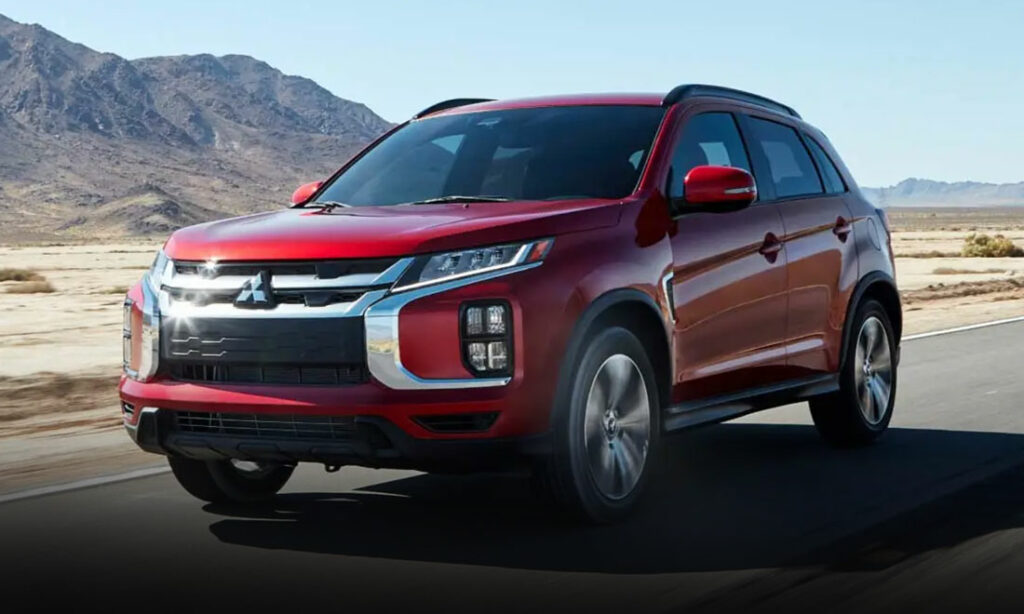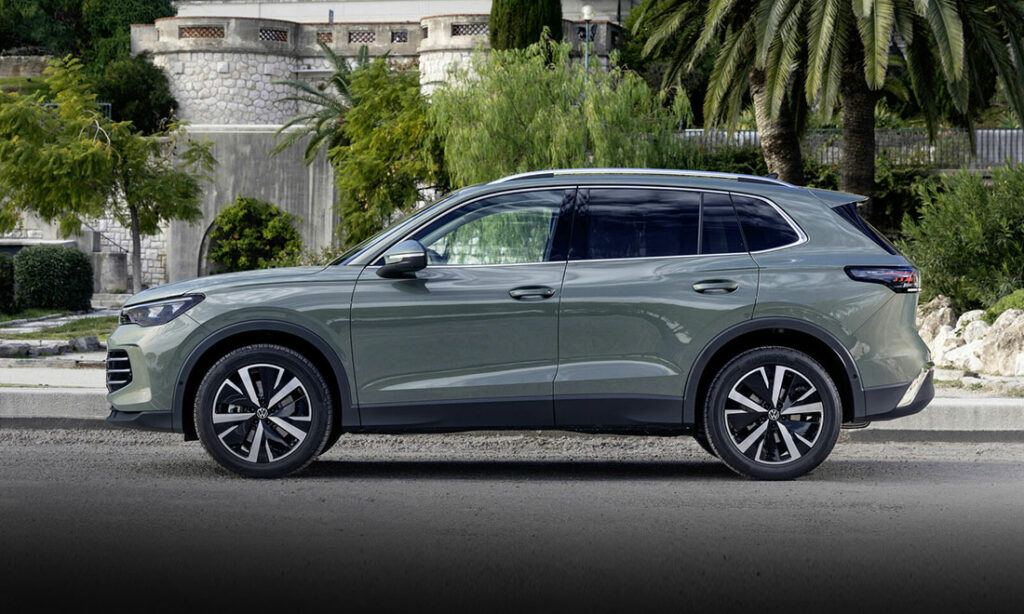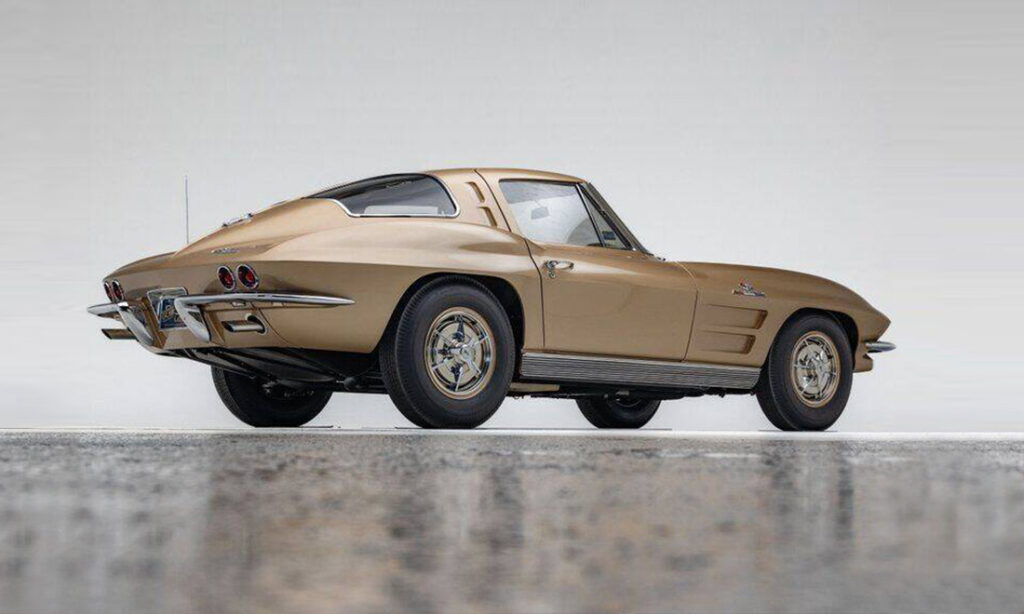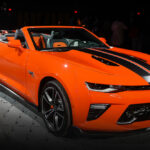The water-cooled, front engine Porsche 944 broke all the rules of what a Porsche was supposed to be, and then it broke sales records, too.
Transaxle Trio
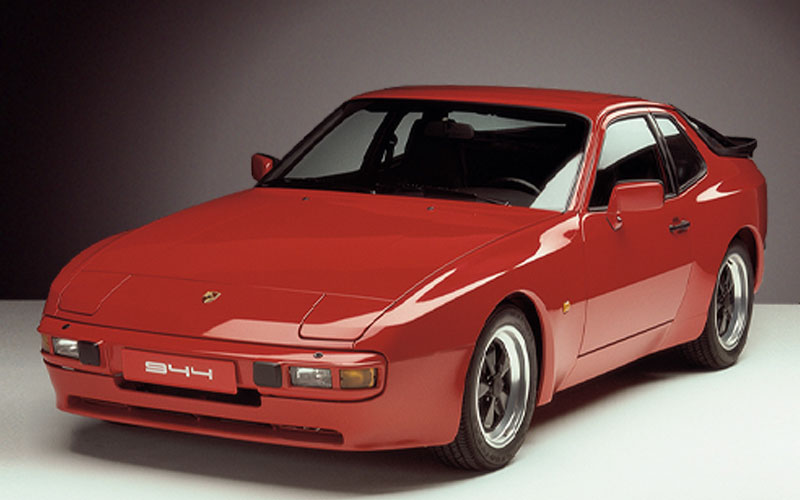
The Porsche 944, along with its transaxle brethren the 924 and 968, receives equal parts bemusement and adoration from Porsche purists and modern-day car collectors. The everyman’s Porsche (due its low price) wasn’t rear engine, wasn’t air-cooled, and made do with just four cylinders. In other words, the 944 was a far cry from its big brother, the 911. And yet, the transaxle line went on to become the most successful in Porsche’s history and is credited with keeping the company afloat during the 1980s. The 911s and Taycans of today would not have been possible were it not for the humble 944.
Project X
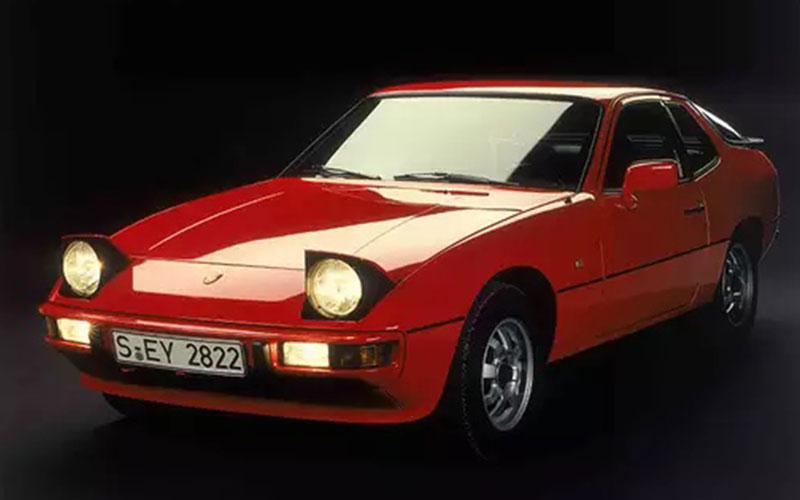
The story of the Porsche 944 begins with the Porsche 924. The 924 had it origins as Project EX-425 within Volkswagen. The company was intent on developing its own sports coupe and enlisted Porsche in the design. A major stipulation, however, was that all the components had to be pre-existing VW/Audi parts.
Project EX-425 would take the 2.0L four-cylinder from the VW LT cargo van, the Audi 100’s 4-speed transaxle, the Beetle’s driveshaft, the front suspension of the Rabbit and Super Beetle, the microbus’s rear suspension, and the brakes from the VW K70 sedan. A classic parts bin special, the Project EX-425 died on the vine at Volkswagen. But this left Porsche with a newly designed sports car, the Porsche 924, which debuted in 1976.
Porsche 924 Polarization
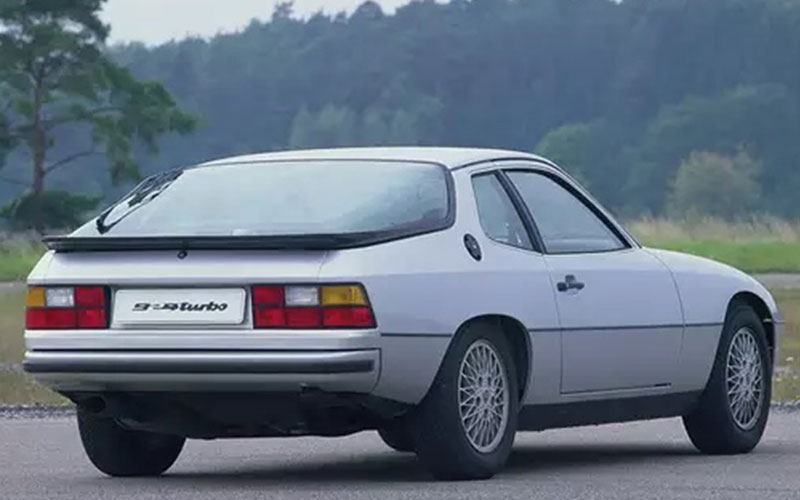
The Porsche 924 received a mixture of reviews. The departure from Porsche’s traditional rear engine design and the small VW/Audi drivetrain had purists looking askance at the 924. Meanwhile, the automotive press was heaping praise on the 924 for its excellent handling characteristics while lamenting its lack of raw horsepower. The low entry price likewise made the possibility of finally driving a Porsche an affordable reality for many American buyers.
Never ones to rest on their laurels, Porsche sought to improve on the 924. The turbocharged version helped improve output to 170 horsepower which helped alleviate complaints about the car being underpowered.
And yet, time was still running out for the 924. Its Audi built 2.0L was contracted to up to 100,000 units, which the popular 924 was nearing. Porsche was thusly on the hunt for a new engine and their first notion was to take the 928’s V8 and chop it in half. Though they share much in design, the new 2.5L four-cylinder was so thoroughly reimagined that it’s shared very few components with its V8 progenitor.
No, You Le Mans
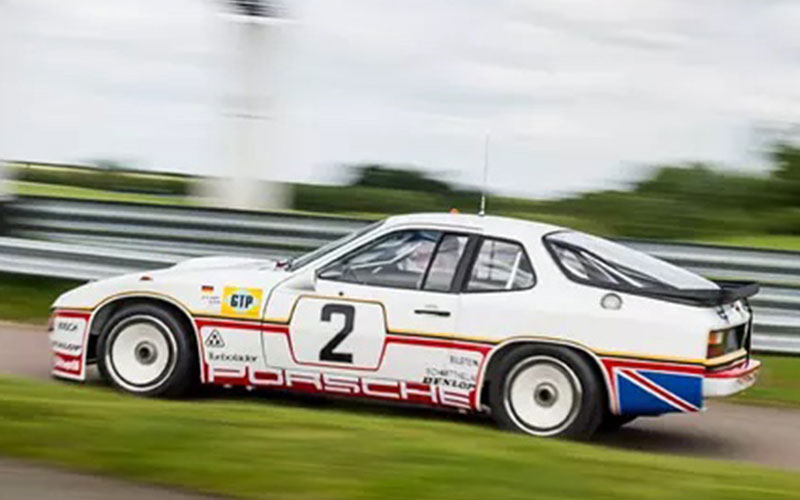
Naturally, the first place Porsche fielded their new engine was at the 24 Hours of Le Mans in 1981, with the 924 GTP coming in seventh place overall. The 924 GTP’s new slant-four was impressively efficient, allowing the car to stop for fuel just 21 times in the 24 hours of the race.
The road-going version of the car would be the 944, which debuted in 1982. The car was basically the 924 with wider fenders and the new larger 2.5L engine and would be sold alongside the less expensive 924 for another six years until the latter’s cancellation in 1988.
Porsche 944 Media Darling
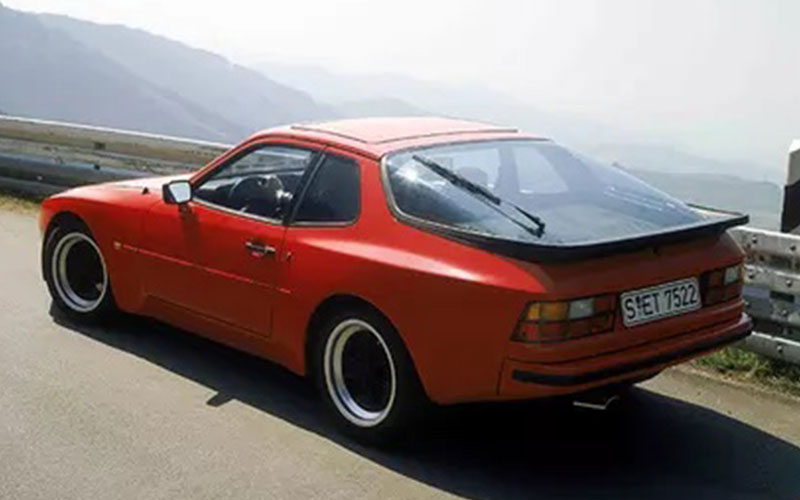
Despite the new 2.5L engine, the 944 still only had 143 horsepower in the US. (European cars got a slightly better 163 horsepower.) An 8.3 second 0-60 time meant, like the 924 before it, the 944 was a handling car first and foremost. And handle it did. Part of the attraction of a transaxle design was the near perfect weight distribution, which had been 48/52 in the 924 and was further evened out to 50.7/49.3 in the new 944.
As a result, the 944 received more than its share of media praise including being named the best handling car in the world by Car & Driver. Consumers were equally enthusiastic. 944 initial inventories quickly sold out and the car was waitlisted for buyers.
Porsche 944 Turbo
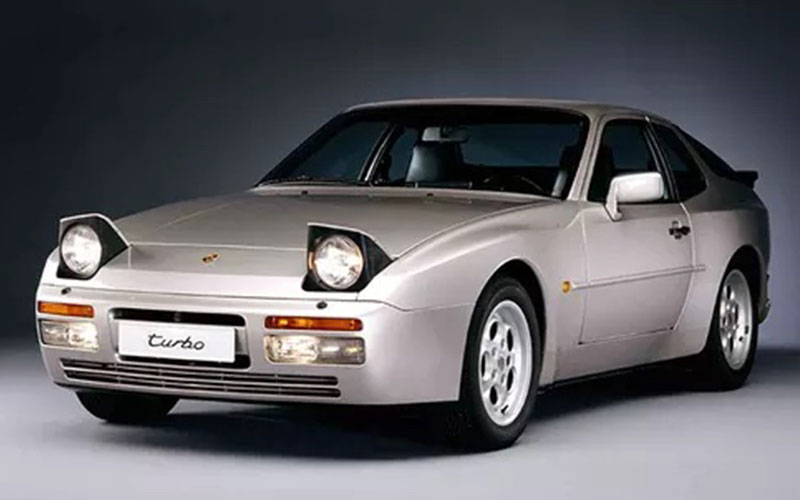
Still, there was the nagging issue of low power in the 944. As a result, in 1985 Porche gave the 944 a turbocharger just as they had the 924 Turbo. The results were impressive, with the 944 Turbo now sporting a healthy 220 horsepower and a 5.9 second 0-60 time. Both the engine and transaxle received oil coolers to contend with the extra power.
Additional updates in 1985 (for the ’86 model year) included a fully refreshed interior. Gone were the dated 70s simplicity of the 924 and in there place a much more upscale and modern design. Luxury touches were added, like the optional heated power front seats and Hi-Fi stereo system. Performance additions included new optional “phone dial” Fuch wheels and new control and semi-trailing arms for the suspension.
More Safety, More Horses
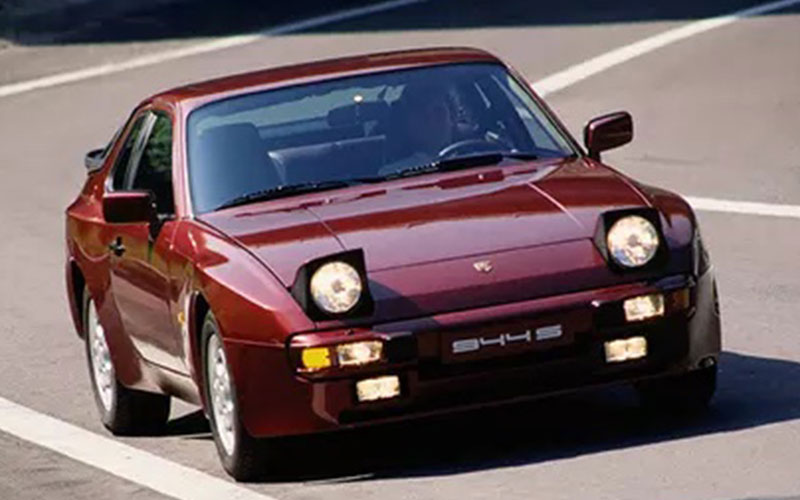
The 944 continued to evolve over the next few years. 1987 saw the addition of ABS and airbags to the 944. Both of these coming at the expense of those Fuch wheels and the traditional tri-spoke steering wheel respectively. As a consolation, the base 2.5L engine would receive upgrades for the ’88 model year. The new 944 S featured a 16-value DOHC set up that boosted output to 187 horsepower and a respectable 0-60 time 6.5 seconds.
That same model year, the 944 Turbo S was upgraded too, now delivering 247 horsepower and a top speed of 162 mph, making it the fastest four-cylinder car on the market. The following year the Turbo S and its improved engine were folded into the Turbo trim.
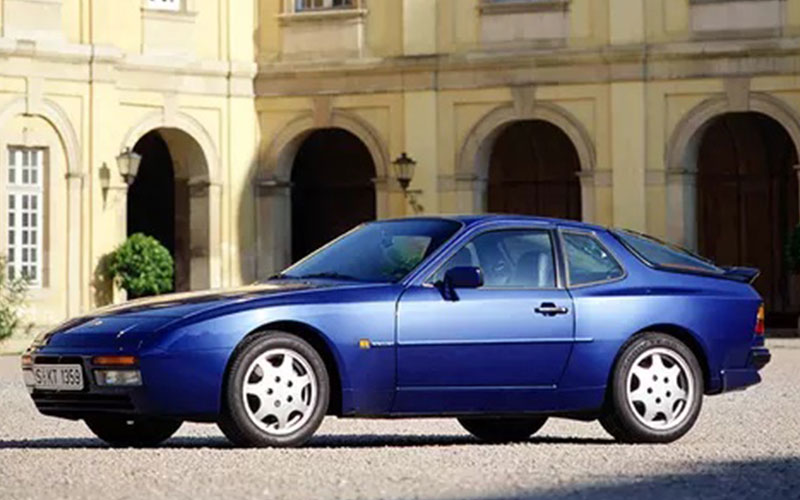
In 1989 the 944’s base engine was bored out to 2.7L, finally achieving the 163 horsepower that the European spec model had had from the start. The 944 S2 and S2 cabriolet were also introduced with an even larger 3.0L DOHC making 208 horsepower and sported a limited-slip differential, ABS, airbags, and 16-inch alloy wheels.
The Porsche 944 Transitions to the 968
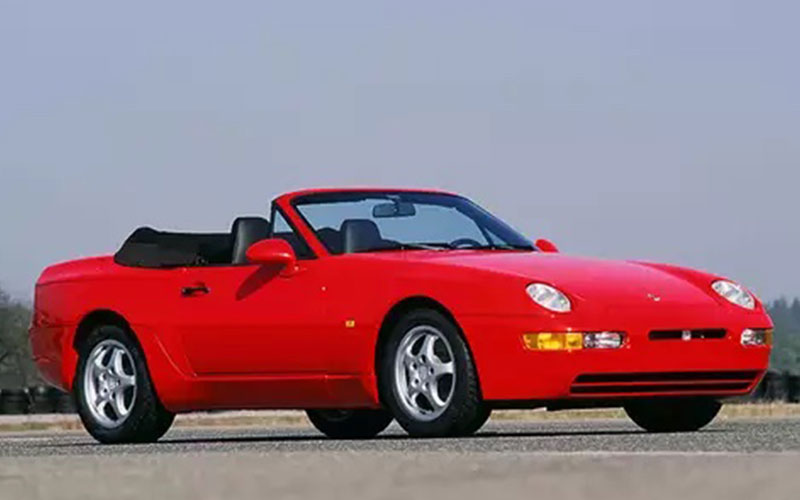
Just as the 924 had paved the way for the 944, the 944 set the stage for its successor, the Porsche 968. The 968 was the final version of Porsche’s transaxle cars and would eventually give way to the midengined Boxter by the mid-1990s. (The 968 is perhaps best remembered as the pinnacle of pop-up headlights.)
The 944 proved to be hugely consequential for Porsche as its most successful car ever, at least from a sales standpoint. Porsche would produce 163,192 944s between 1982 and 1992. As a result of their initially low price, at least by Porsche standards, and the sheer numbers of them built, the 944 it’s easy to find one on the used market for under $20,000.


